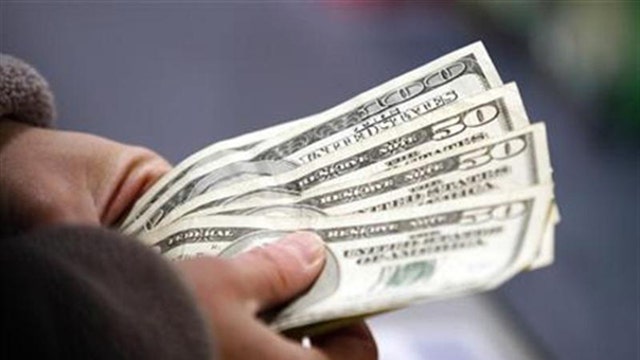The Prodigals Paradigm or Prerogative
Until now and notwithstanding years marred by global recession and/or financial crises have we before witnessed the U.S. dollar on the verge of rallying against every currency around the globe.
These are unprecedented times as academicians, media, and market participants have seldom sung in such perfect unison to the chorus of causes: Fed policy has never strayed this far from the world’s central banks, and rarely, if ever, have emerging markets growth been this fragile relative to the more developed economies.
The economic news is indeed befitting of the persistent dislocation of the dollar: The US jobs picture is much improved compared to the prior cycle from 2002-2007; third-quarter 2014 earnings growth was robust - picking up with where second-quarter 2014 left off. Meanwhile, U.S. real disposable income, industrial production, and purchasing manager indexes are all pointing toward expansion while the knock-down in gasoline prices have certainly helped grease the skids.
The giddiness is evident and has crowded the express elevators of the U.S. dollar and the nation’s equity market while leaving the bargain basements of the globe both disheveled and vacant.
Over the past six years, who would’ve predicted the sharp repercussions of our “shale revolution?” Who would’ve dared to think the U.S. would actually become (relatively) more “wage competitive” with China – arresting a steady decay in the U.S. manufacturing base? After falling down a six-year flight of steps, who would’ve rightly forecasted the U.S. would actually climb back up the staircase with a GDP growth premium to most of our peers? And one where both bank and household balance sheets have not simply healed, but are well ahead of schedule? Where vital indicators of income, demand and confidence underscore the downside risks to the rest of the world while we bask in growth and confidence as we smugly anticipate a 2015 mid-year interest rate increase!
However, are we truly in a long-term secular bull market for the dollar or, is this a classic example of market “herding” where the dollar exuberantly overruns parity as hedgers, managers, and traders alike grab hold of historically high levels of U.S. dollar exposure - as the least path of resistance - in a declaration to overstating the obvious whereas the global business cycle remains out of synch and highly fragmented? And, no matter what the case, how should an investor think rightly about it all?
In mid-2011 (EUR/US$ = 1.47), I made an appearance FOX Business’ ‘Varney and Company’ with an object lesson using “driftwood versus granite” to describe the Euro, dollar relationship – one that I believe holds true today. I told viewers to imagine the U.S. economy to represent the driftwood while the granite would signify Europe. Holding them and dropping them from my hand would clearly cause both of them to hit the ground. However, the granite – or Europe – would fall much faster. Although I believe Europe will or has hit its bottom – its bounce back is far more complicated, laborious, and tangled.
Expressing an investment conviction grounded on notion is tricky business and often not worth the paper it’s written on chiefly as no two market environments are similar. However, looking back at previous dollar rallies, you will observe that equities – particularly defensive names - generally do better while commodities decline slightly more than half of the time. It can be argued that the dollar rally could justify almost the entire recent break-down in the gold price – especially measured against gold priced in euros or yen. It appears U.S. dollar strength will ultimately act as a drag anchor to gold. The same rule would lightly apply to petroleum, however, mixed with appropriate concern over demand support and supply dynamics.
In today’s market landscape, the challenge is to see the horizon through a blinding blizzard of information. Think of those paintings that up close look like millions of dots but when observed at a distance reveal a striking figure. Replace the dots with data, and the beautiful statistics we reveal are penetrating and thoughtful decisions.
My best thinking would encourage investors to thoughtfully consider any asset class volatility ETF – these are purposely designed to track the implied volatility of certain asset classes and cover everything from agricultural to metals. In addition, I would suggest an allocation to managed futures as a way to defend against the current global dislocation - an asset class that has historically demonstrated a non-correlation to traditional markets.
